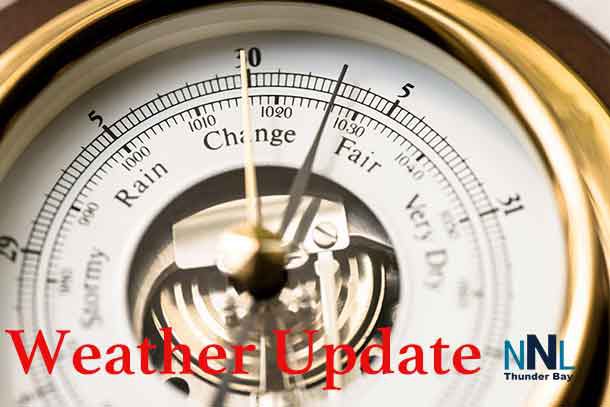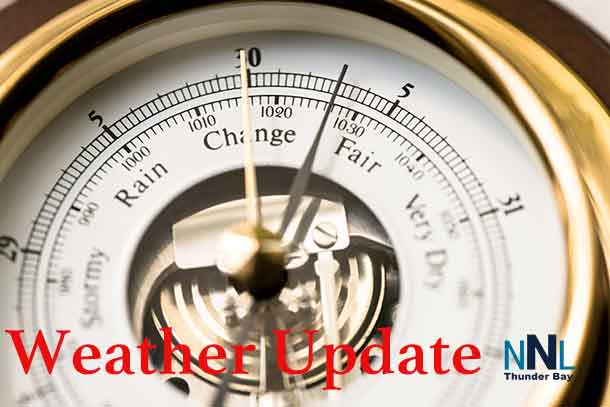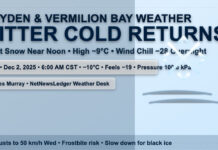
THUNDER BAY – Environment and Climate Change Canada has released the 22ndedition of Canada’s Top 10 Weather Stories: a list of extreme weather events having occurred across the country over the year. Extreme weather events demonstrate the effects of climate change.
Devastating forest fires, more frequent floods, heavy rains, ice storms, temperature changes, and some of the most powerful hurricanes in history are examples of how our climate is changing and affecting people in Canada.
Canadians must become better prepared for severe weather conditions as our climate continues to change. As Canada’s Top 10 Weather Stories for 2017 illustrates, our communities must become more resilient—not only for what lies ahead but also for the extreme weather events that are already at our doorstep.
Canadians had plenty to weather in 2017. Property damage from weather extremes cost Canadian insurers and governments millions of dollars. Flooding was big news—and costly—in western Quebec, eastern Ontario, and interior British Columbia. The occurrence of wildfires increased by 66 percent, and they consumed four times the usual area. British Columbia experienced the longest and most destructive fire season in the province’s history.
This year was all about extremes: too dry, too hot, too wet, too cold, and too mild. December 2016 to November 2017 was the eighth-warmest year on record in 70 years, averaging an increase of 1.4 °C above normal temperatures, and the 21st consecutive warmer-than-normal year. Canada was on trend with the rest of the world. By analyzing all weather events, Environment and Climate Change Canada is collecting more information to support the science on how our climate is changing.
Canada’s Top 10 Weather Stories are ranked from one to ten based on factors that include the impact they had on Canada and Canadians, the extent of the area affected, economic effects, and longevity as a top news story.
Environment Canada and Climate Change Canada’s Top 10 Weather Stories for 2017
- British Columbia’s longest and most destructive wildfire season
- Dry and hot in the West
- Spring flooding in Quebec and Ontario
- British Columbia’s cold and snowy winter
- Another Windsor flood: two storms of the century in a year
- Central Canada’s missing summer
- A new storm of the century
- Summer in September
- Newfoundland’s Brier blast
- New Brunswick’s glaze storm







